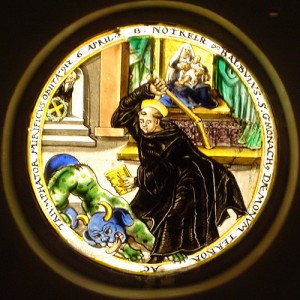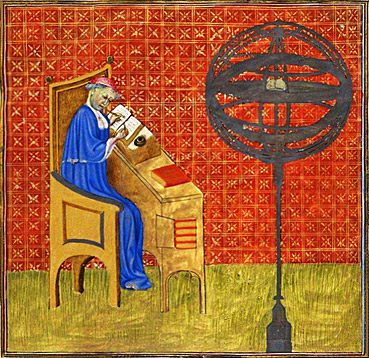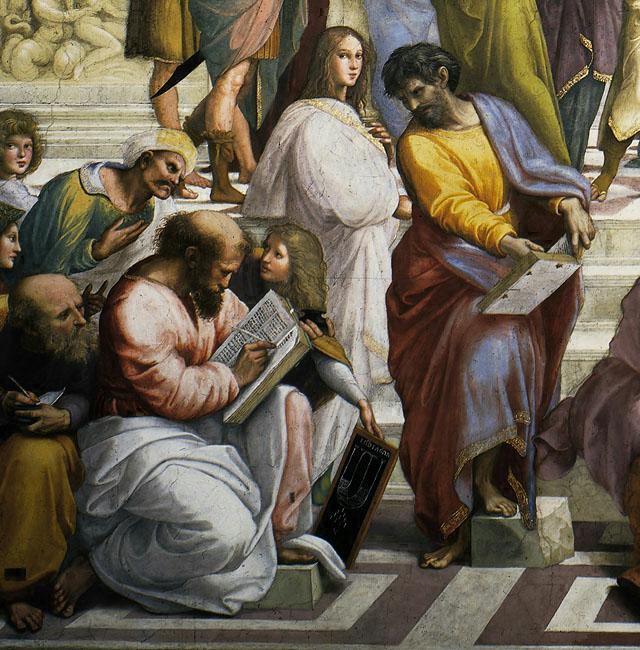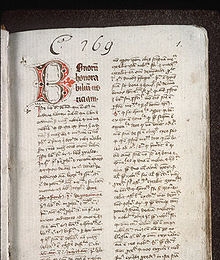 |
| Notker Balbulus (the Stammerer) |
Notker the Stammerer (c.840-912) was called "delicate of body but not of mind, stuttering of tongue but not of intellect, pushing boldly forward in things Divine, a vessel of the Holy Spirit without equal in his time" by Ekkehard. He was a prolific writer, but the work he is most known for is a collection of anecdotes about Charlemagne that has been called a "mass of legend, saga, invention and reckless blundering." Supposedly, Notker wrote De Carolo Magno (Concerning Charles the Great) in honor of a visit to St. Gall by Charlemagne's great-grandson, Charles the Fat.* It is riddled with errors, such as when it claims that the Venerable Bede (672-735) devoted a book of his Ecclesiastical History to King Pepin the Short (714-768), who did not become a king until 752; when Bede died, Pepin's grandfather, Charles Martel, was king.
Notker Labeo ("the Thick-Lipped") was a nephew of the Ekkehard clan. He lived from c.950-1022 and had a reputation in the monastery as a voracious reader. He took up translating various philosophical texts into German, for which he was later called Notker Teutonicus ("the German"). When he died, he asked that he be buried in the same clothing he had always worn, to hide the fact that he wore a heavy chain around himself to mortify the flesh.
Notker Physicus, who died in 975, was called thus (according to the Catholic Encyclopedia) because of his very strict discipline. His knowledge of medicine is praised by Ekkehard, and he is probably the same Notker who was called Notarius (notable) who was known at the court of Emperor Otto I for his skill in medicine.
There was a Notker who was a nephew of Notker Physicus, of whom we know little except that he became Abbot of St. Gall in 971 and died 15 December 975. He was considered exceptionally pious.
Yet another Notker (c.940-1008) was the provost of St. Gall and became the Bishop of Liège. He established schools that became famous and drew numerous students. He is responsible for architectural projects, such as St. John's in Liège, designed after the Aachen Cathedral.
*Charles was the son of Louis the German, the son of Louis the Pious.















